Pretty much every day now you can open the newspapers (or more likely, a news website) and some story about China’s economic development will pop up. The rise of China as an economic power that people actually pay attention to is something quite remarkable, and every time I go back and visit I can see it on the ground. Maliandao, which I discussed five years ago when I first got there and updated last year, is no longer the backwater shopping street it used to be. Two new roads have opened onto Maliandao, and traffic is worse than ever. There are many, many more buildings in the vicinity now. If we go back to the updated map:

Now I can give you some pictures to match up with the colours. This is the building in purple on top
The one on the left anyway. That was a pile of dirt, basically, when I was there in 06/07, and was just beginning to get some building going on. Now it’s a full blown tea mall with an apartment building on top. The building on the right in the picture is what used to be the Pu’er Chadu, which is now defunct. This picture was taken from the vantage point of the big Maliandao Tea City mall
Which is the same as always. Don’t go if you’re a tourist — it has the worst prices. Although, because a number of stores there are older, if you’re looking for Beijing stored tea, you might get lucky there. Just don’t expect a good deal.
The big pink thing on the map on the right hand side is this:
Another big apartment building with teashops underneath. There are two levels of this, all open to the street, and some have nice teas. I bought my big bag of white tea there. Next to this building is another building that has always been at Maliandao, but only recently started selling tea:
The building underneath the blue sign was, and still is, mostly a audiophile/camera mall, but the ground and second floor are now teashops. Nothing too impressive there except a few things of interest, but that’s only after a quick walkaround. Behind it is Tianfuyuan, the big brown box on the map on the right, and where Xiaomei’s shop is located.
Underneath all this ritzy development though is still the same old infrastructure that supplies the stores. Witness, for example, this:
Among all the new cars and shiny objects are still the labourers who work hard to make the place function — here are two cart drivers who are carrying empty (left) and full (right) jugs of water for the shops in the area. Note how the carts have an electric motor. Many of the shopkeepers still live in, or above, the stores, and many of them are still earning a paltry sum, although a paltry sum now is closer to 1600 RMB a month, rather than the 600 RMB a month of four or five years ago. In fact, my friend L has been trying to hire someone but has found no takers for 1500 RMB.
Construction is still continuing, with a new tea mall slated to open probably later this year, and targeted at a more upmarket crowd. The place has nicer decor and looks to be quite posh. I’m sure you can find high prices there, along with prettier sales girls and more comfortable surroundings. On the other hand, I also heard that a subway line will open in the next few years that will take you to Maliandao, which will make life a lot easier. Either way, it’s fascinating to see all the changes in the past few years — and it looks like it’s going to keep going.

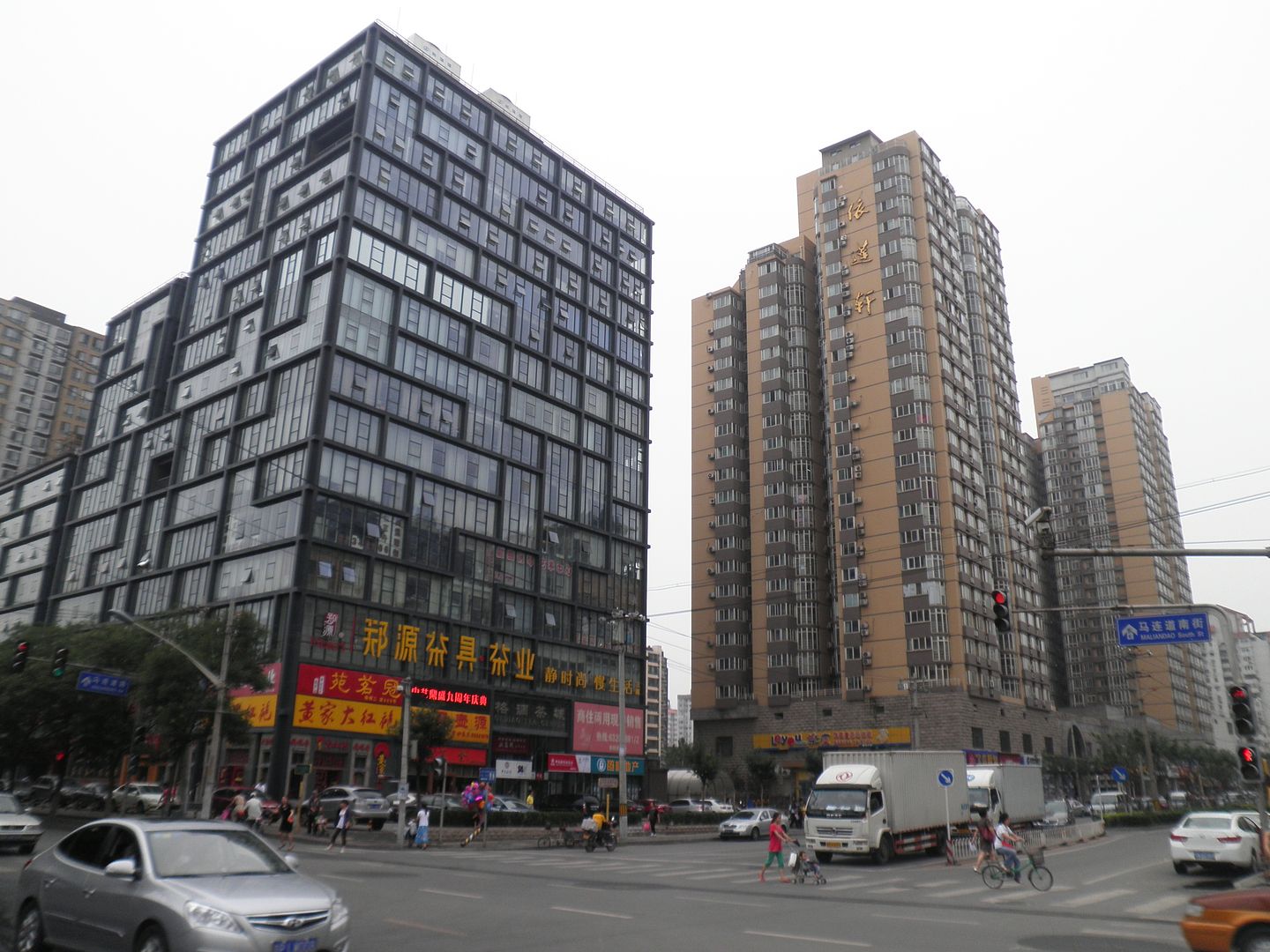
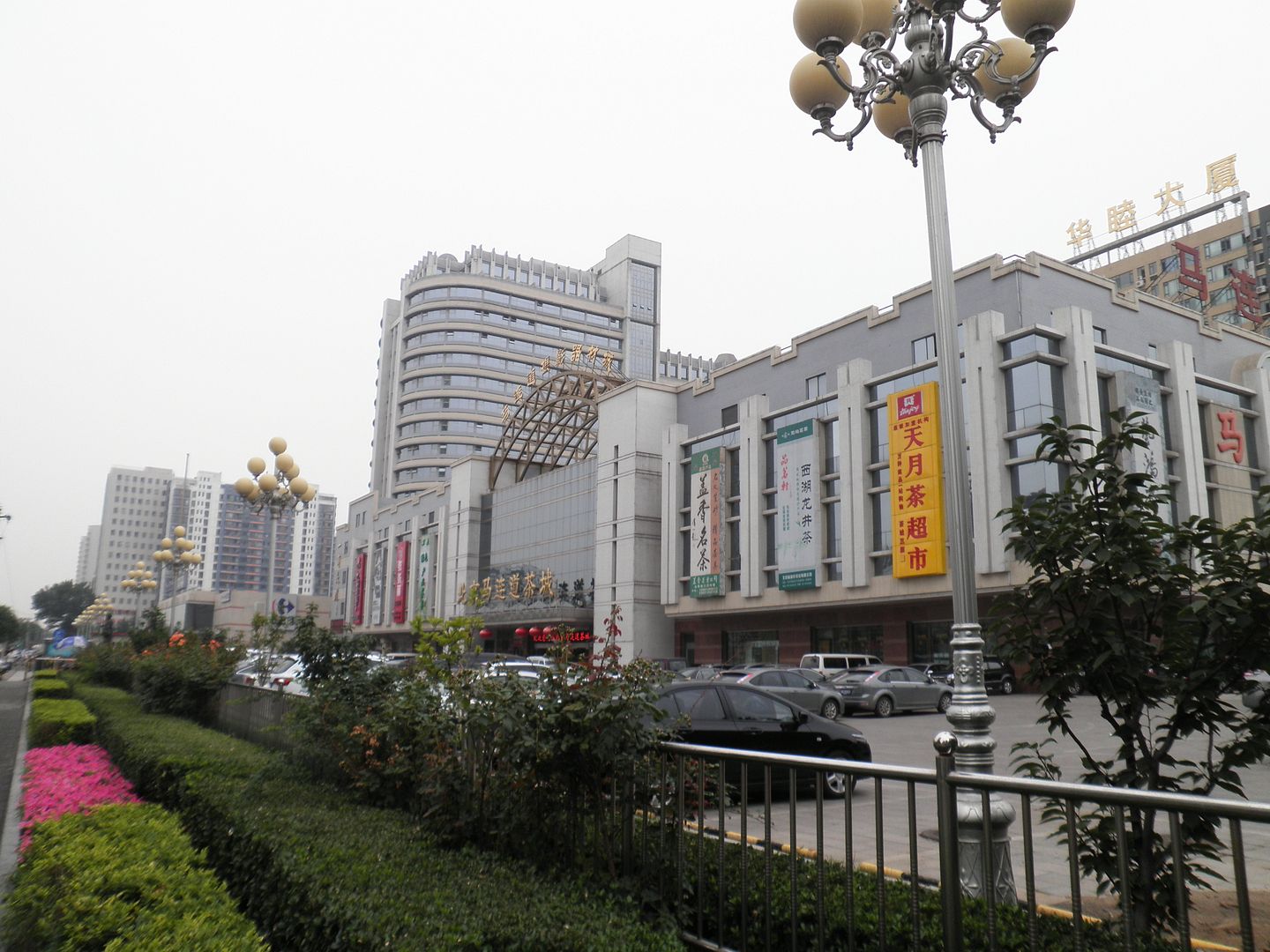
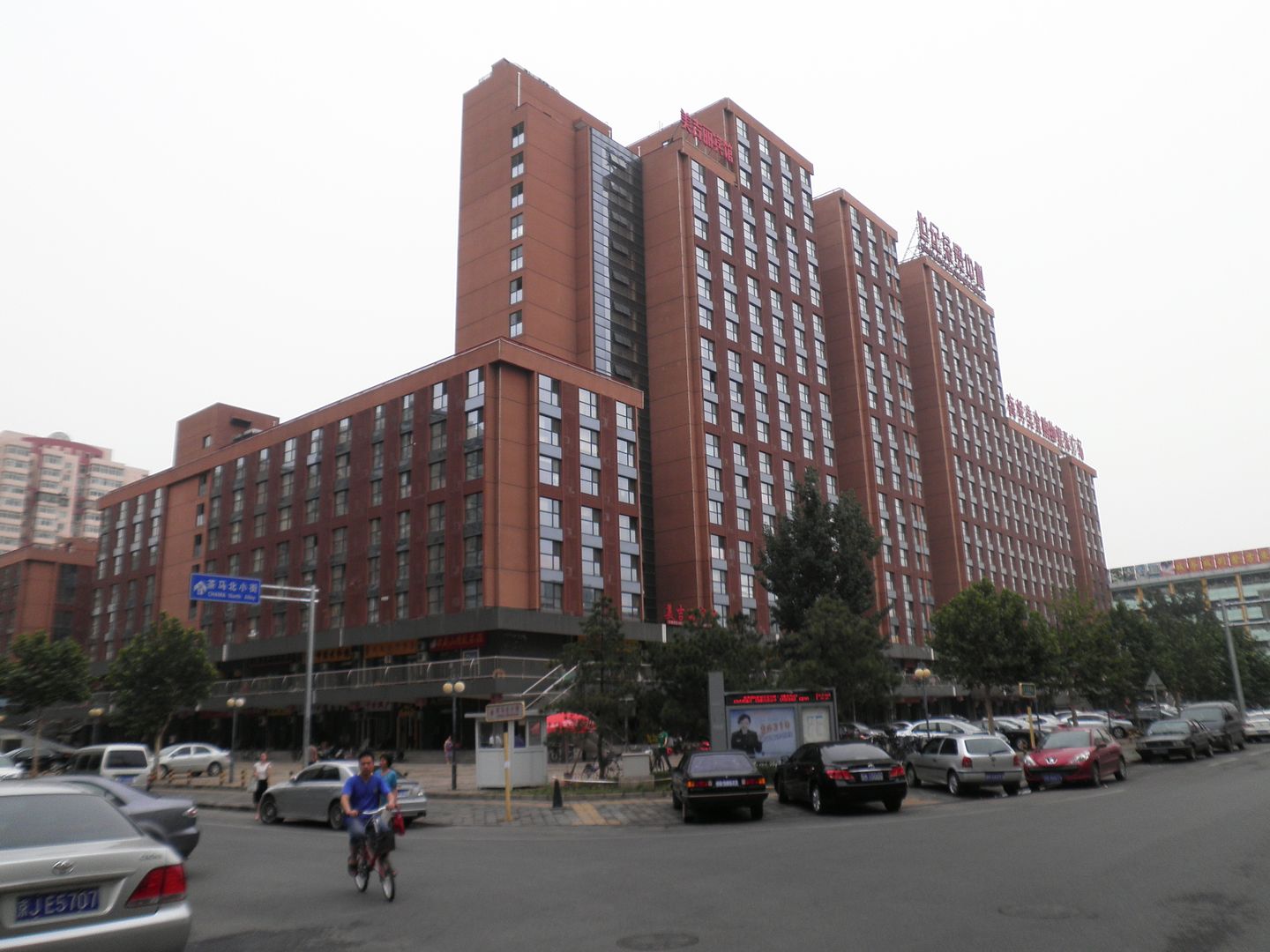
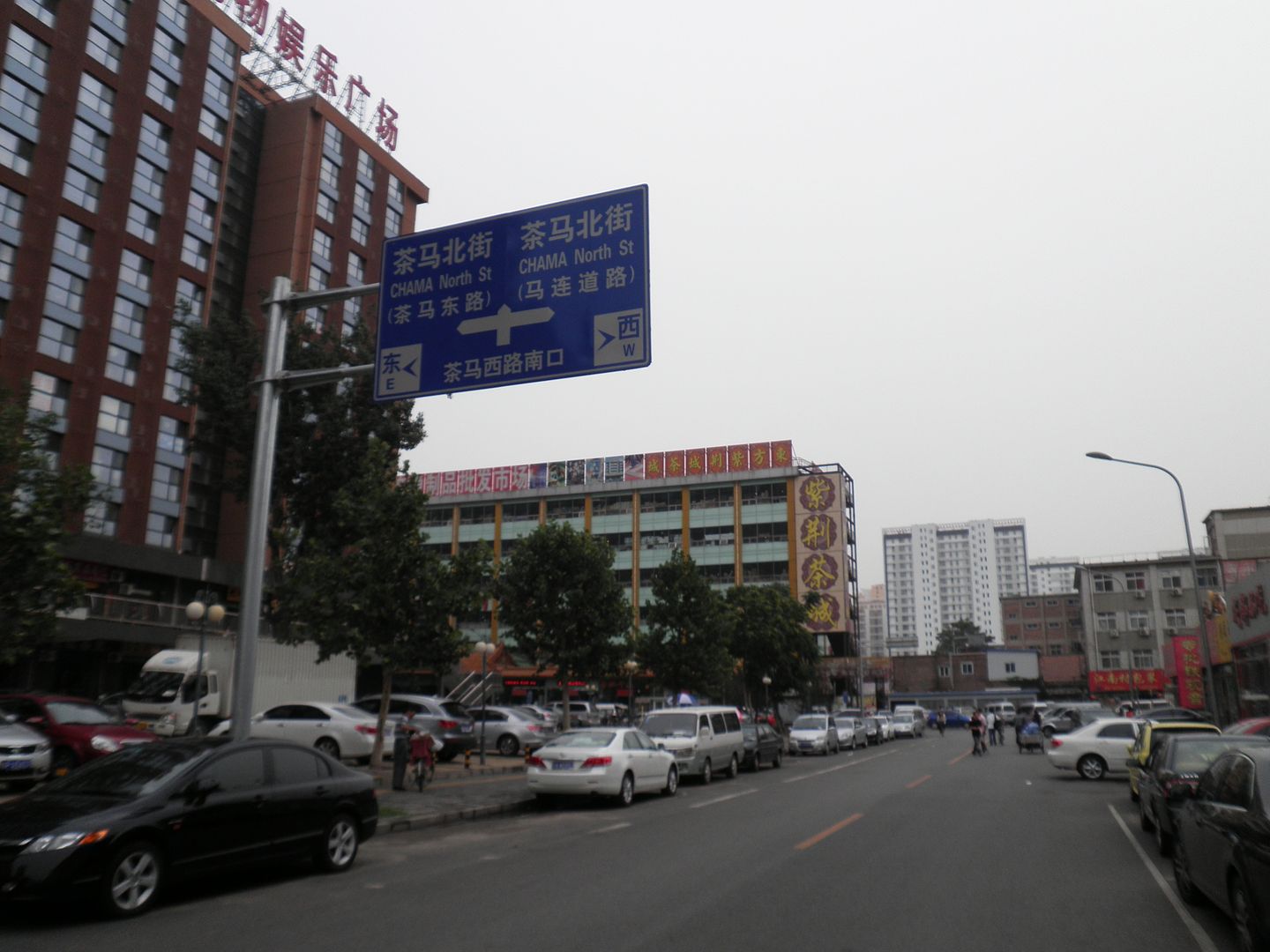

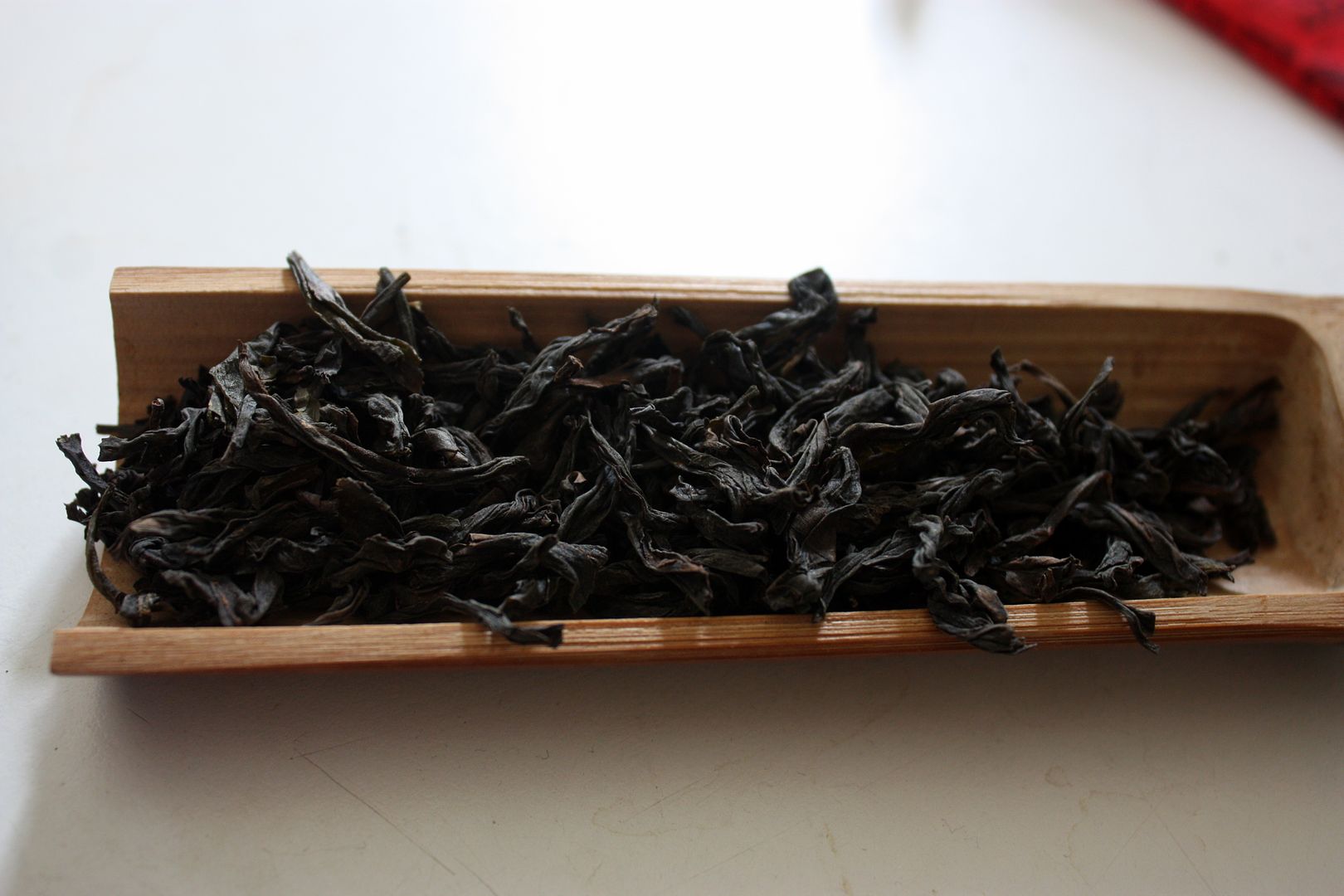
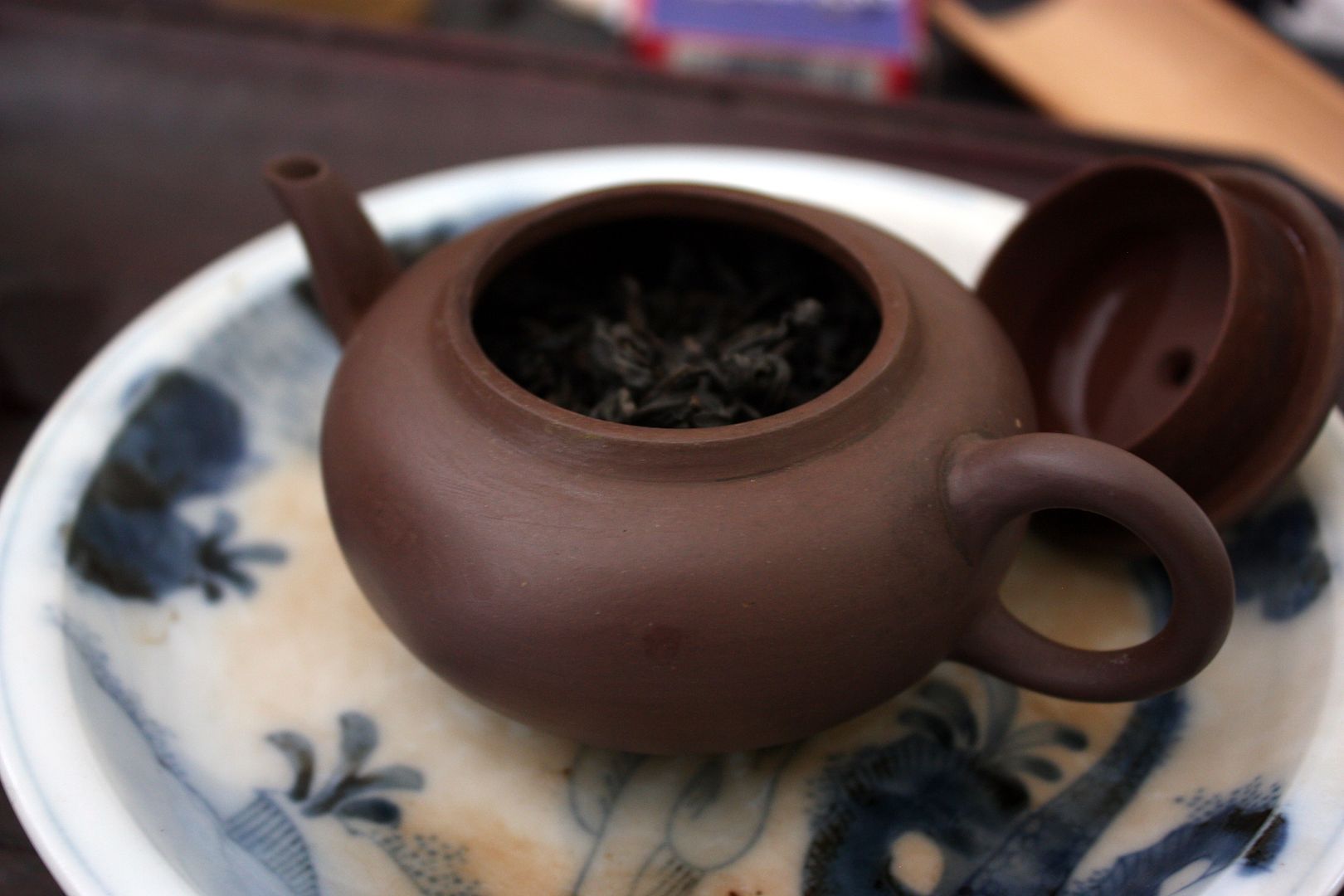
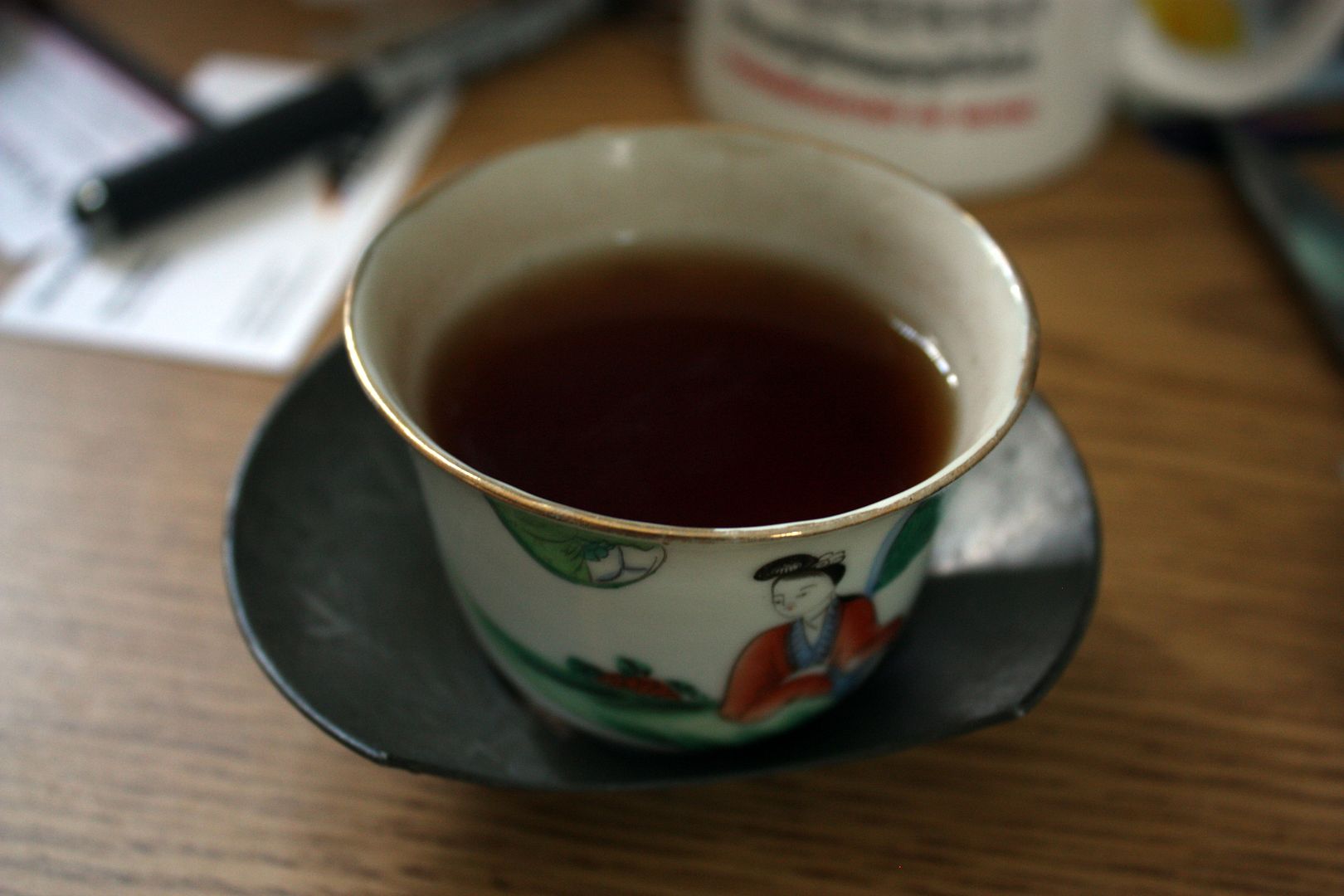
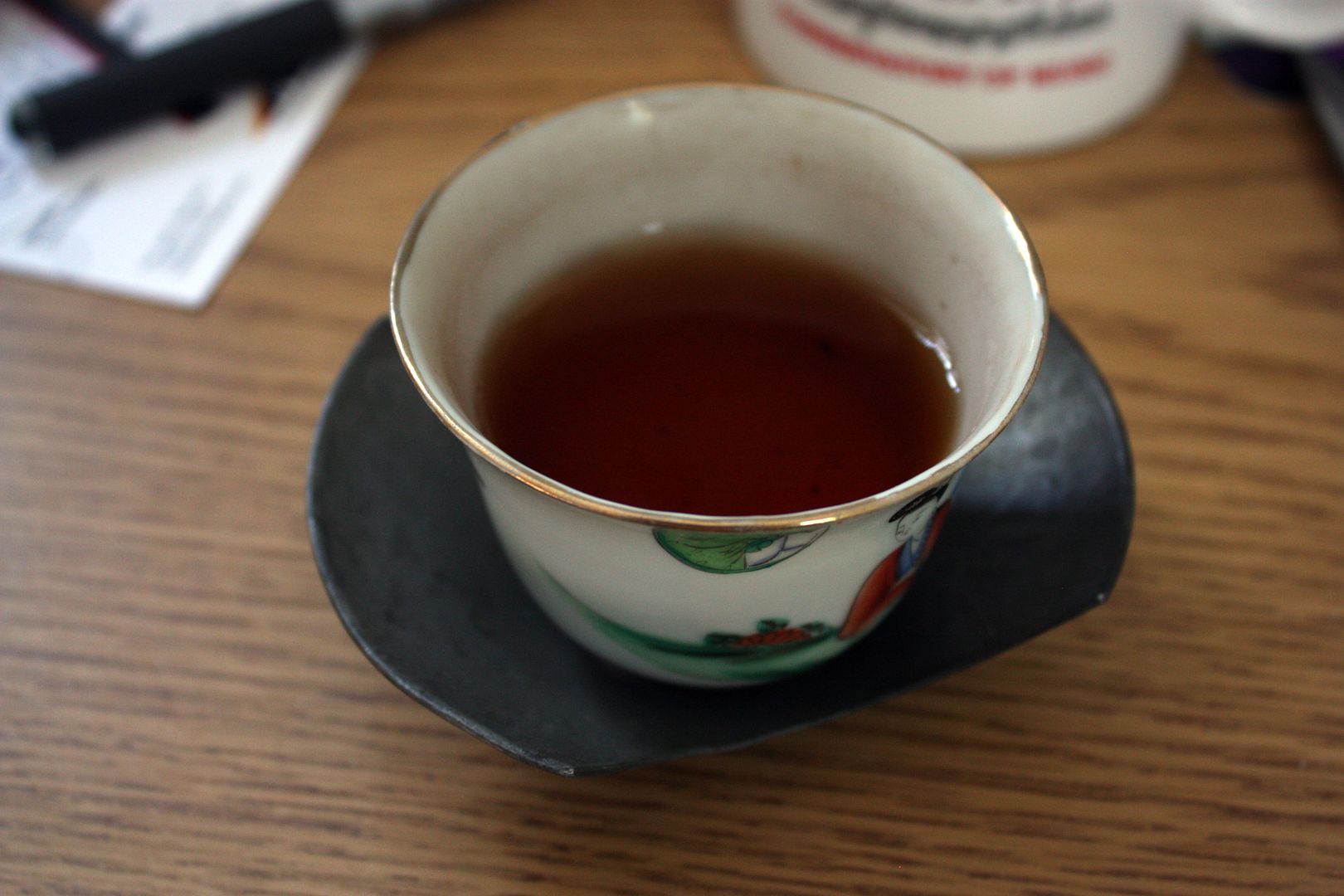

 RSS - Posts
RSS - Posts
I took you at your suggestion and have been reading some of your old post-Covid posts. I haven’t been to…